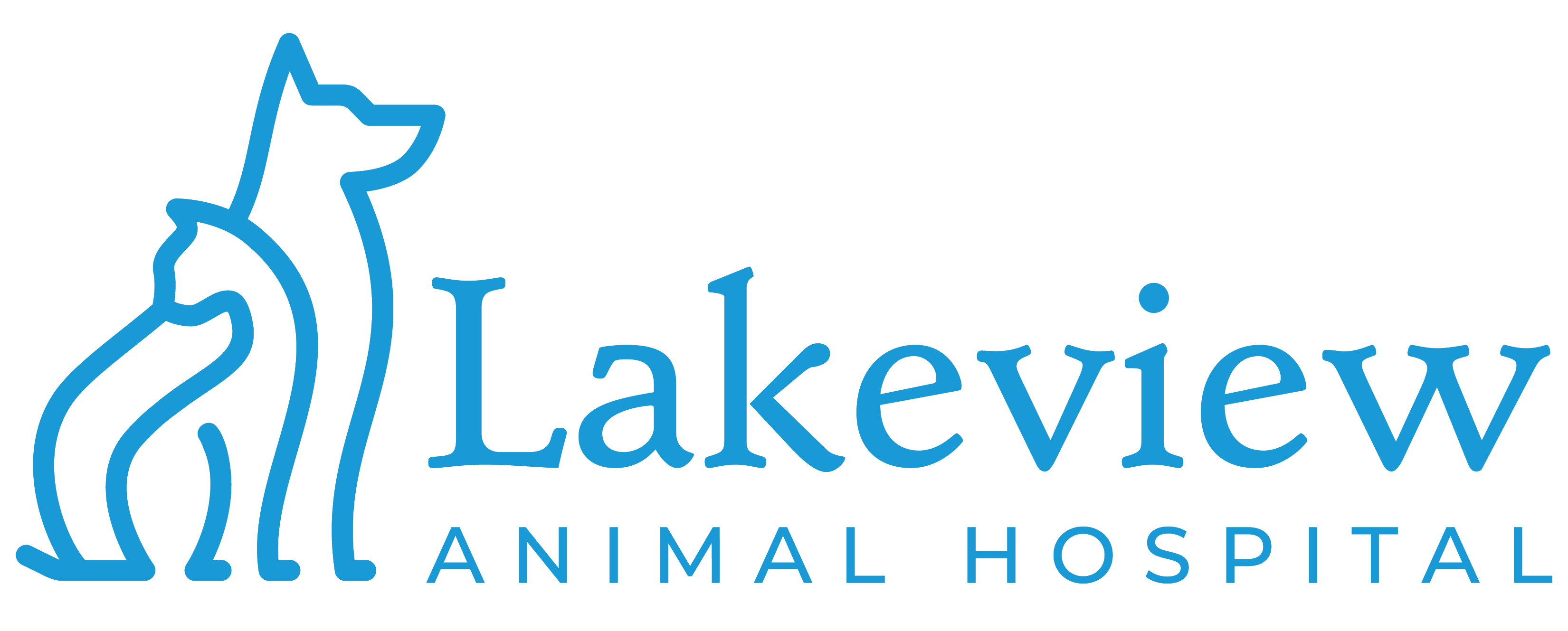Educational Articles
-
Walking is an excellent way for dogs to burn more calories while working toward weight loss. A short leash and head halter or harness are recommended to keep the walk going at a consistent pace. Gradually work up to several 30-minute walks per day.
-
Cancer is the result of genetic damage to cells. While some breeds may be more predisposed to certain forms of cancer, age-related changes and environmental factors are also often at fault. Some tests can be performed to determine the type of cancer present. Treatment options are available but do not necessarily cure cancer.
-
Cats will always lick, but it is sometimes embarrassing when they lick their private parts. Licking after eliminating is normal; however, if your cat licks more frequently, or you notice other signs such as discharge; swollen or red penis, vulva, or anus; pustules; discoloration of the skin; or if your cat strains to urinate, see your veterinarian for help. Appropriate medical therapy can reduce your cat's discomfort.
-
Dogs will always lick, but it is sometimes embarrassing when they lick their private parts. Licking after eliminating is normal; however, if your dog licks more frequently, or you notice other signs such as discharge; swollen or red penis, vulva, or anus; pustules; discoloration of the skin; or if your dog strains to urinate, see your veterinarian for help. Appropriate medical therapy can reduce your dog's discomfort.
-
Wobbly Hedgehog Syndrome (WHS) is a progressive degenerative neurological disease of African and European hedgehogs. The disease causes muscle atrophy and weakness that eventually progresses to partial or full paralysis of the limbs and torso. The clinical signs, diagnostic testing, and supportive care management of WHS are explained in this handout.
-
Xanthine bladder stones are an uncommon type of urinary stone that can occur in both dogs and cats. Xanthine is produced when purines (a component of animal proteins) are broken down within the body. Most cats can further break down xanthine into other substances that are easily excreted, but some cats are deficient in an enzyme that is required for this breakdown to occur. These cats develop elevated levels of xanthine in the urine, resulting in xanthine stones forming within the urinary tract. Xanthine urinary tract stones are typically removed surgically. Affected cats require long-term care to prevent recurrence.
-
Xanthine bladder stones are an uncommon type of urinary stone that can occur in both dogs and cats. Xanthine is produced when purines (a component of animal proteins) are broken down within the body. Most dogs can further break down xanthine into other substances that are easily excreted, but some dogs are deficient in an enzyme that is required for this breakdown to occur. These dogs develop elevated levels of xanthine in the urine, resulting in xanthine stones forming within the urinary tract. They can also form secondary to administration of a medication called Allopurinol. Xanthine urinary tract stones are typically removed surgically. Affected dogs require long-term care with specialized diets to prevent recurrence.
-
Xylitol is a naturally occurring substance that is widely used as a sugar substitute. It is found naturally in berries, plums, corn, oats, mushrooms, lettuce, trees, and some other fruits. It may also be called wood sugar, birch sugar, and birch bark extract. Xylitol is extremely toxic to dogs. Even small amounts of xylitol can cause hypoglycemia (low blood sugar), seizures, liver failure, or even death in dogs.
-
Yeast dermatitis or Malassezia dermatitis is an extremely common skin disease in dogs. Clinical signs include itchiness, redness, scaly or crusty skin, and foul odor. Diagnosis and underlying conditions are discussed. Treatment involves resolving the underlying disorder and using topical and/or oral medications to treat the yeast.
-
Zinc-responsive dermatosis in dogs is a skin condition that results from zinc deficiency in the body. The deficiency can be due to an inability to adequately absorb zinc from the diet (most commonly seen in arctic breeds), zinc binders in dietary supplements, excess calcium (juvenile large breeds) or less commonly, an inadequate amount of zinc in the diet. Clinical signs include crusts and scaling around the eyes, mouth, scrotum and muco-cutaneous junctions. The haircoat can also, be dry and dull. Lethargy, inappetence, and lymphadenopathy may also occur. Diagnosis includes a history and physical exam and a skin biopsy. Treatment may include zinc supplementation, dietary change and ensuring a dog isn’t receiving any supplements that will interfere with zinc absorption.

